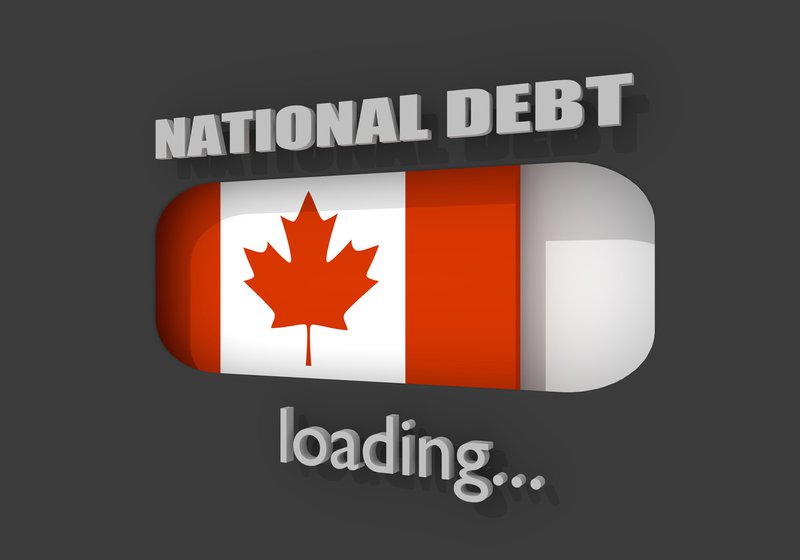
Pamela Heaven
Aug. 13, 2020
Canada has pulled out the stops to support the economy through the coronavirus crisis, flooding the system with aid while piling on record debt.
Four months into the lockdown we are now getting a sense of the damage.

Federal government aid programs such as CERB and CEWS have yielded an unprecedented peacetime deficit and debt near 50% of GDP, up from 31% before the pandemic, TD economists Derek Burton and Rishi Sondhi say in their update on government finances this week.
The economists say the combined federal-provincial shortfall is on track to reach about $420 billion or about 20% of GDP this year. The combined debt level is poised to surge to an unprecedented $1.9 trillion or 85% of GDP.
“This latter measure remains shy of the heights recorded during the 1990s fiscal crisis. However, that gap could close as governments likely undertake further transitionary support during the recovery phase in the months ahead,” they said.

The federal government has shouldered most of the burden, but TD still expects provincial budget deficits to rise roughly to the peak seen during the fiscal crisis in the early 1990s.
Ontario this week projected its budget deficit would widen to a record $38.5 billion this year, almost double the $20.5 billion forecast before the pandemic.
However, provincial credit ratings, for the most part, have remained sound, which will keep borrowing costs down, TD said.
Municipalities are another matter. The pandemic is costing cities more through extra sanitation and taking care of those in need, while sapping their revenue. Transit ridership has tanked, but these systems have to keep running. Big cities also tend to be hot spots for the virus, which will slow the reopening of the economy. Legally unable to run a deficit, local governments have had to cut jobs to reduce costs. The Federation of Canadian Municipalities in April warned that cities could face a fiscal hole of at least $10-$15 billion. The federal and provincial governments have since announced support that could total $10 billion, but TD predicts more will be needed.
But there is good news. The big difference between this crisis and the early 1990s is the cost of borrowing. Back then debt service costs were rising unsustainably; now they are historically low.
TD expects ultra-low interest rates will keep Canada’s debt burden manageable, but more work needs to be done.
Canada has so far kept one of the highest debt ratings among major economies, though Fitch did downgrade its rating to AA+ from AAA. TD said fixed-income investors have been “turning a blind eye to mounting government debt loads,” but that won’t last forever.
To address this Ottawa needs to map out how it plans to get its finances back on track as soon as possible, said the economists, who hope for an update in the fall.
“Without a path to fiscal sustainability, further credit rating downgrades will likely follow,” they said.


